The hidden history of Shepton Mallet’s Windsor Hill tunnels and the mystery of the missing doors
By Laura Linham 11th Sep 2024
By Laura Linham 11th Sep 2024

Shepton Mallet's Windsor Hill tunnels, a forgotten piece of Somerset's rich railway past, are on the brink of a new lease of life.
Once a vital part of the Somerset & Dorset Railway (S&D), the tunnels have a history that includes tragedy, engineering achievements, and even the strange theft of giant steel doors.
Here's a potted history of this hidden piece of local heritage.
A railway born out of necessity
The Windsor Hill tunnels were first constructed in the early 1870s as part of an extension to the S&D line, linking Evercreech Junction to Bath. The line cost £400,000 to build and opened in July 1874. It quickly became a key route, connecting the Midlands to the south coast. For many locals, it offered a first glimpse of the seaside at Burnham-on-Sea, earning the railway the affectionate nickname "Slow and Dirty."
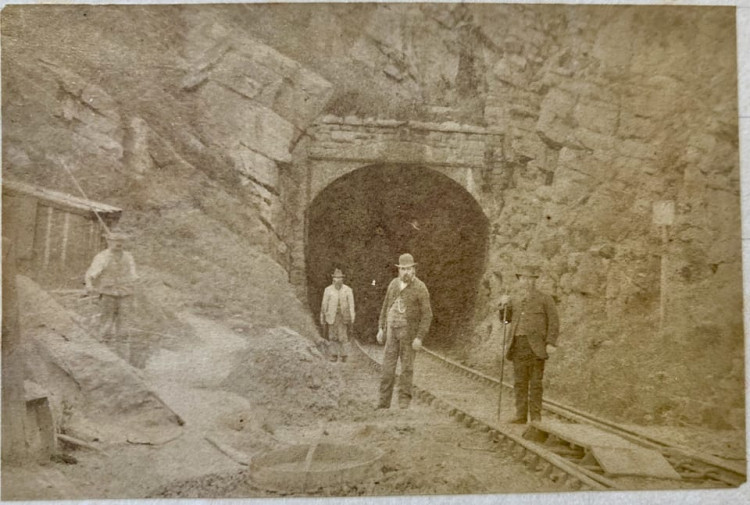
One of the tunnels, now known as the "down" tunnel, was completed in 1874 and spanned 242 yards through Windsor Hill just north of Shepton Mallet. Its construction, however, was marked by tragedy. On 18 August 1873, a massive block of stone fell from the roof during night-time excavation work, killing four of the six workers on shift and seriously injuring another.
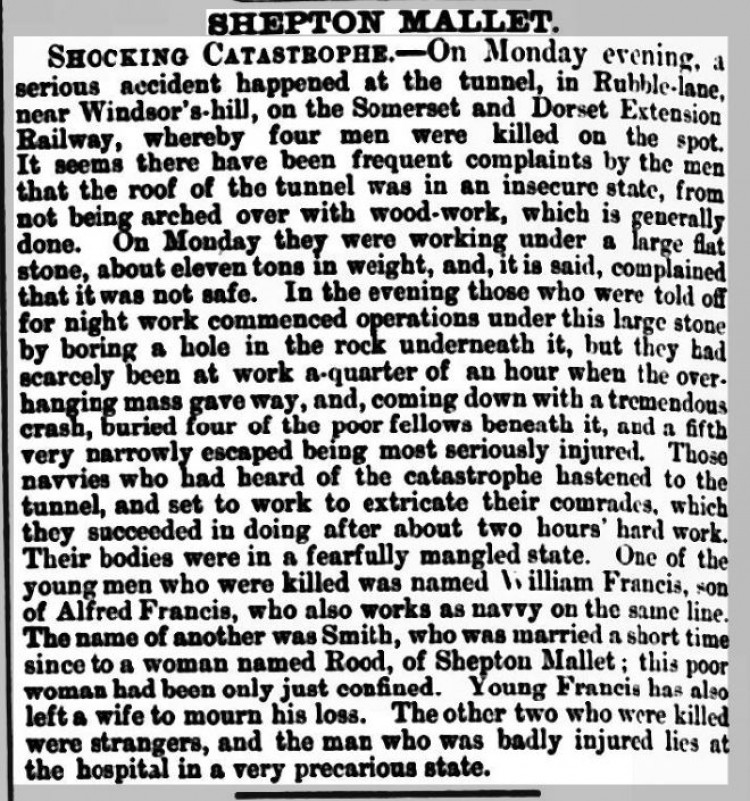
Despite the tragedy, the tunnel was completed, and the line soon became a vital artery for both passengers and goods.
With the line's success, demand grew, and in 1892 a second tunnel – the "up" tunnel – was constructed. This shorter tunnel, measuring 132 yards, was entirely brick-lined and ran parallel to the original. It allowed more trains to pass through the area, ensuring that Shepton Mallet remained well-connected to the rest of the region.
The decline of the Somerset & Dorset Railway
The S&D was more than just a railway – it was a lifeline for many in Somerset. Locals used it for everything from daily commutes to holiday trips to the coast. However, like many other lines across the country, the S&D fell victim to the Beeching cuts, which sought to reduce the rail network's size.
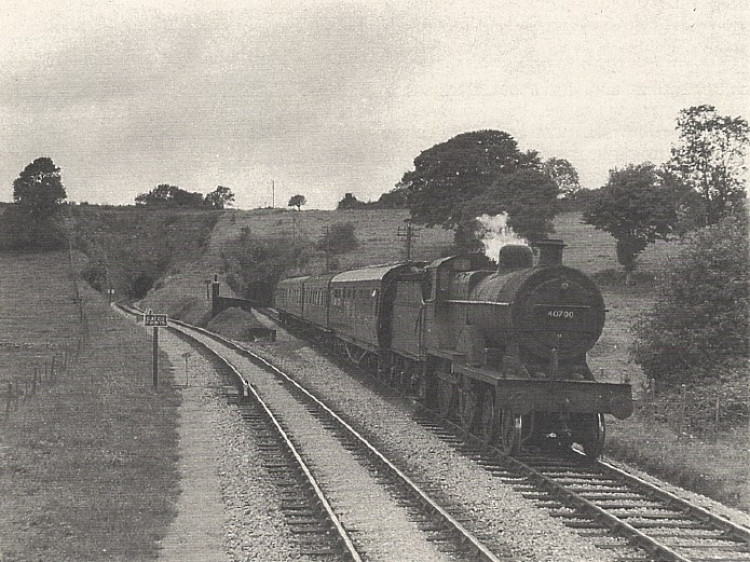
Despite strong local opposition, the Windsor Hill tunnels saw their final trains pass through in March 1966 when the line was officially closed. The tracks were ripped up soon after, with British Rail fearing attempts to keep the line running due to its sentimental value.
Concorde and the mystery of the missing doors
While most of the Somerset & Dorset Railway faded into history, the Windsor Hill tunnels found an unexpected use after their closure. In the late 1960s, Rolls Royce selected the down tunnel to test Concorde engines. Steel-clad doors, each standing 15 feet tall, were installed at the tunnel's entrance to seal it during the tests. For several years, the site became a hub of cutting-edge engineering, with even warnings of "radioactive oil" posted near the tunnels.
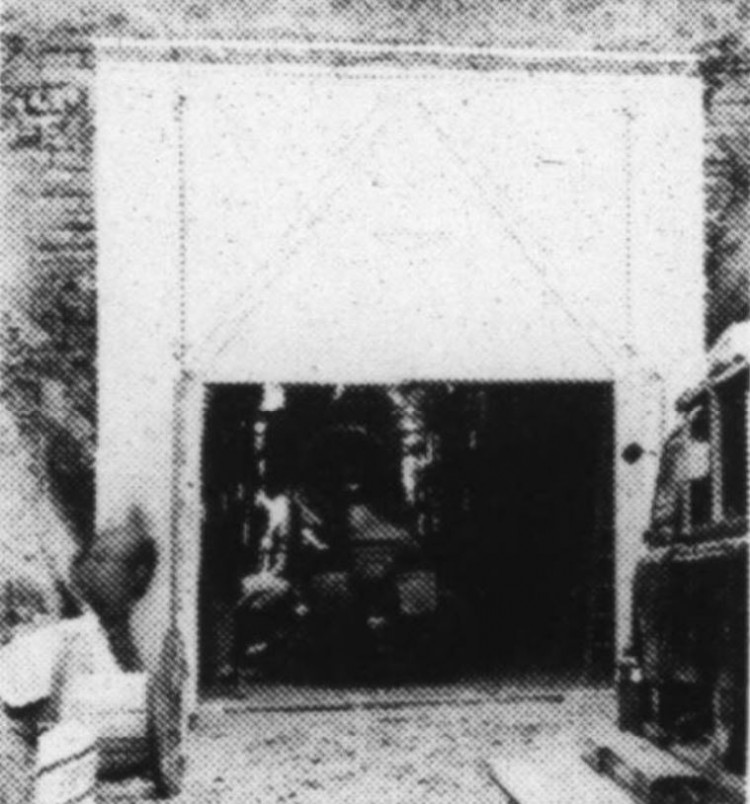
Rolls Royce eventually moved on, but the massive steel doors remained in place. The tunnels were handed back to British Rail, and for decades they sat quietly, undisturbed. That was until 1992, when the doors mysteriously disappeared without a trace.
The new owners of the land, Monumental Trust Ltd, were shocked to find the doors gone during an inspection. Stephen Weeks from the trust remarked at the time: "Doors such as these would be distinctive and perhaps look somewhat out of place on someone's barn!" The disappearance sparked a police investigation, but despite their efforts, the mystery remains unsolved. The sheer size and weight of the doors meant their removal would have required heavy equipment, yet no witnesses came forward, and no trace of the doors was ever found.
A new chapter: the tunnels' future as an active travel route
Now, the Windsor Hill tunnels are set for a new beginning. Somerset Council recently approved plans for an active travel route that will follow the disused Somerset & Dorset Railway line, incorporating the historic tunnels. The route will encourage walking and cycling across the district, linking local communities and providing a scenic pathway through Somerset's countryside.
The new route will start at the Ham Wood viaduct in Croscombe and run through the Windsor Hill tunnels before crossing over Ham Lane and Forum Lane. It will pass above the B3136 Bath Road via the Bath Road viaduct, eventually joining the A37 Kilver Street Hill. This project, once fully completed, will allow residents to walk or cycle along the same route once taken by steam trains, with the tunnels at the heart of the journey.

The route will eventually form part of the wider Somerset Circle, a 76-mile traffic-free circuit that will connect communities across the county and link to the north Somerset coast. Two sections of the Strawberry Line, which will also form part of the Somerset Circle, were opened in Shepton Mallet in March, with further extensions underway in Easton and Dulcote.
Volunteers and the road ahead
Work on the Windsor Hill route has already begun, with volunteers contributing their time to help clear paths and prepare the tunnels for their new purpose. Once permissions and additional funding are secured, campaigners hope to extend the route even further, creating a continuous path that will attract tourists, encourage healthy travel, and breathe new life into the area.
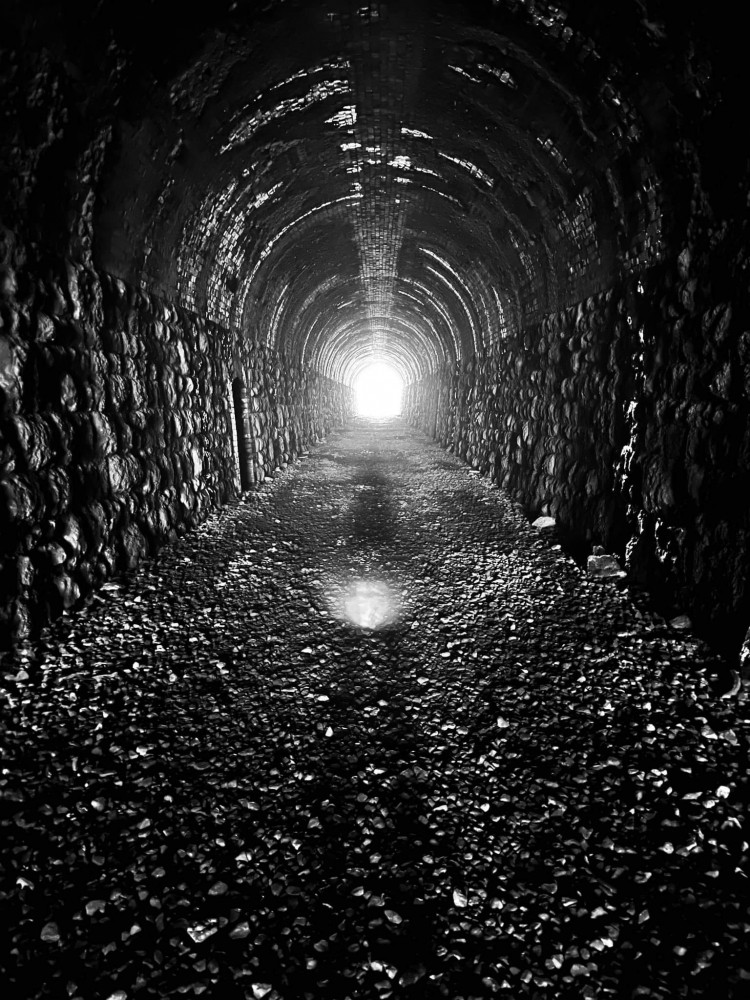
While the tunnels may have been closed to trains for over 50 years, their future looks brighter than ever. From their time as part of the Somerset & Dorset Railway to the mystery of the missing doors and now as a focal point of an ambitious new travel route, the Windsor Hill tunnels are a testament to Shepton Mallet's enduring connection to its railway heritage.
With the approval of this project, the tunnels are set to serve the community in a new way, linking the past to the present and offering residents and visitors a unique opportunity to explore a key part of Somerset's history.
CHECK OUT OUR Jobs Section HERE!
Shepton Mallet vacancies updated hourly!
Click here to see more: Shepton Mallet jobs
Share:







